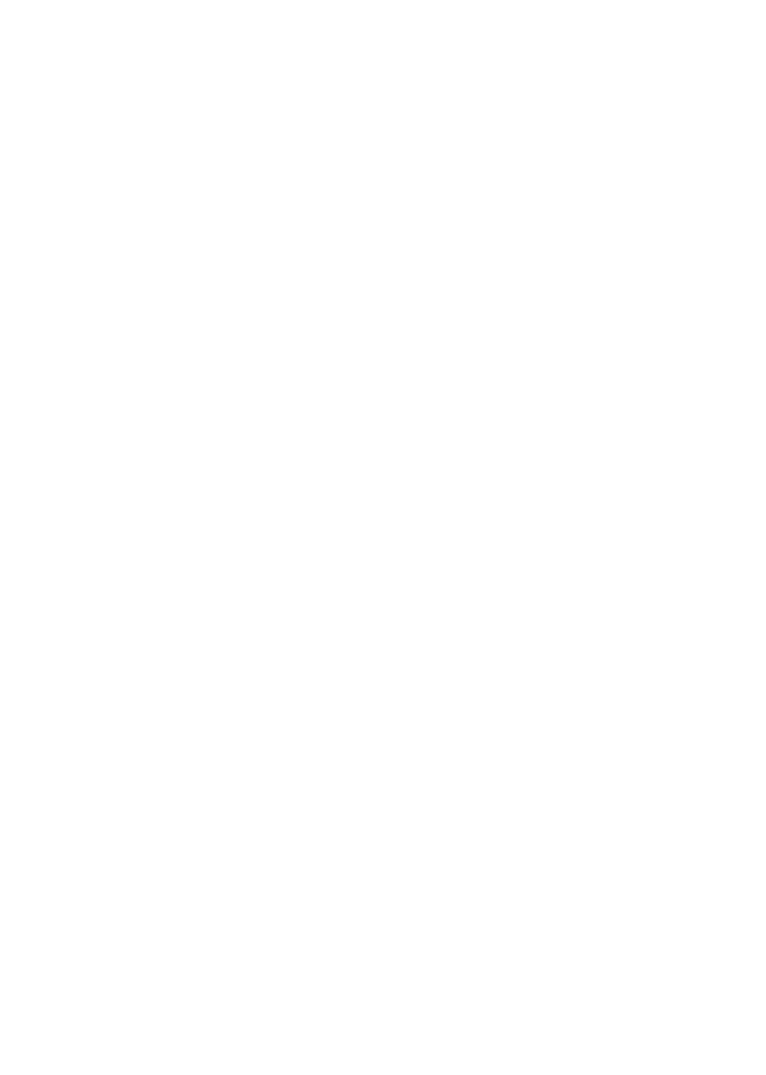
ket, and perhaps, more importantly, to
be positioned within the conventions of
art history.
dia in 1988 and since 1990 has worked
producing painting with the aid of com-
puter imagery. In contrast to a number
of his colleagues, it has been painting
rather than the computer that has been
the central basis of his work. Its roots lie
in a study of Renaissance workshop
traditions and of the use of scienti c
method to aid painting. Vermeer's use
of camera obscura to aid clarity and
scale in his paintings is relevant to
Groebel's work. Until recently, art his-
torians (vide Philip Steadman's Vermeer's
Camera) were reluctant to acknowledge
Vermeer's potential tools, partly through
lack of evidence but perhaps, also be-
cause it does not t the Enlightenment
model of a painter or author. By using a
machine, incorporating the much ma-
ligned airbrush at that, and image trans-
fer Groebel completely transgresses the
rules of painting even in today's climate.
lenged perceptions of the image, tex-
ture, and truth in painting, photography,
and moving pictures over the last ten
years. Groebel is one of a growing num-
ber of artists whose work deals directly
with this. His work derives from an-
other point in history when the nature
of representation was being radically re-
evaluated. Using the Renaissance work-
shop model in the sense that the work
exists as an idea within the artist, which
is then transferred to painting, Groebel
adopts a similar approach using con-
temporary tools. He prefers not to work
with a studio of assistants but instead
has built a painting machine that will
sance head of a workshop, Groebel still
directs and controls within certain pa-
rameters. The work then deals very
directly with ideas around single author-
ship while challenging its value system.
ing hours of television programs, usu-
ally with the sound turned down. He
avoids famous faces such as Hollywood
actors or politicians. It is important to
the artist that the images are drawn
from ordinary contemporary tableaux,
without giving rise to any cultural de-
bate around politics or the entertain-
ment industry in relation to particular
cultural frameworks. After watching the
screen, he recalls which images had the
strongest impact for him without direct
recourse to the programs themselves.
He then goes back to the video in order
to nd and grab the frame on com-
puter. The stills are manipulated by
montaging in other images or by treat-
ing the scene with various proprietary
packages. Even at this point, the image
he has selected from the screen and
manipulated is several generations from
it original inception. The video still and
computer image are as much a part of
the mark-making as the painting pro-
cess in itself.
from memory without recourse to the
screen is important in terms of the
single authorship argument. The selec-
tion of the image does not come with
design or composition in mind but
rather from the artist's experience of the
program as a whole and ultimately from
the evocation of the image. The way in
which Groebel collects these images
means that he often forgets which pro-
grams they came from, but they never-